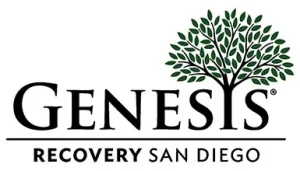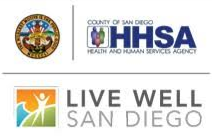There were 52,404 lethal drug overdoses in the United States in 2015, making this the number one cause of accidental death in the United States. Opioid overdose has been found to be the main culprit behind this epidemic, with 20,101 of the overdoses caused by prescription pain relievers and 12,990 of them from heroin addiction. New Jersey, in particular, has been experiencing this nightmare of an epidemic like no other state. Along with drug overdose being the leading cause of accidental death in New Jersey, the rate of heroin overdose in New Jersey is three times the national average. With opioid and heroin rates continuing to climb, how is New Jersey looking to counteract this epidemic?
Up until recently, New Jersey had responded to this epidemic mostly by watching their death rate climb. Over 2,200 people died from drug overdoses in New Jersey in 2016, which was the third consecutive year that this state reached a peak death toll. Additionally, the number of lethal drug overdoses has increased by more than 275% since 2004. To combat the alarmingly persistent increase in drug use in New Jersey, the state has begun to implement new programs that could help slow down the epidemic and potentially save many lives. While the programs are early in development and implementation, the use of outside treatment and aid is also invaluable while the programs mature.
Gurbir Grewal, the Attorney General of the State of New Jersey in 2018, responded to this shocking epidemic by stating that “the opioid crisis is unprecedented in its scope and devastating in its intensity, and our response must be equally broad in scope and in intensity.” One of the programs developed as part of New Jersey’s response is the “360 strategy,” which is geared towards funding the creation of public education campaigns and youth programming, as well as television and radio advertisements, in order to spread awareness about the risks of prescription opioid addiction.
One downside to this strategy is that not all counties within the state are participating. The participating counties include Atlantic, Burlington, Camden, Cape May, Cumberland, Gloucester, Mercer, Ocean and Salem counties. Although this is a step in the right direction, it does little to help someone who has already become addicted to these substances. The “360 strategy” focuses mainly on preventative measures including disrupting local drug cartels and heroin traffickers in the community and working with drug manufacturers, pharmacies, practitioners, wholesalers, medical professionals, government and community groups to educate the public about opioid and heroin abuse. The program was initiated in early 2018. The effectiveness of programs like the “360 strategy” is difficult to measure until it can be reviewed in hindsight. This program also fails to address the thousands of New Jersey residents who are already addicted to drugs, for whom preventative measures are often too late.
Since New Jersey is still addressing how to handle this epidemic and effectively implement strategies to reduce drug-related deaths, New Jersey residents should consider looking elsewhere for options.
The state of California, for example, has invested in the development of substance abuse treatment programs. Two examples of programs that were implemented to combat drug addiction are the operational PDMP (Prescription Drug Monitoring Programs) and CURES (Controlled Substance Utilization Review and Evaluation Systems) programs.
Both of these organizations share the mission of eliminating drug diversion while promoting legitimate medical practice and patient care around prescriptions and treatment. These two programs respond to more than 60,000 requests from healthcare practitioners and contain over 100 million entries of controlled substances in California each year.
The implementation for these programs allows for regulatory boards, licensed healthcare prescribers, and law enforcement agencies to access information in real time on substance history of patients. These are just two examples of how California has increased its fight against opioid addiction.
New Jersey lacks enough treatment facility beds to meet the demand of those seeking treatment. In contrast, in the year 2017, 19.5% of California’s state budget went towards addiction and substance use treatment and towards an increase in bed availability. One guaranteed way that drug death rates will decrease is by allowing California to aid in fighting against this opioid epidemic. More lives can be saved together as a team than any one state by itself.

